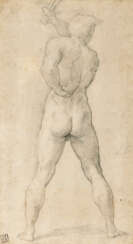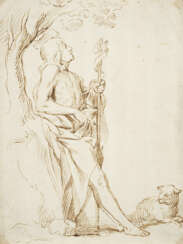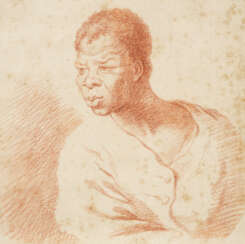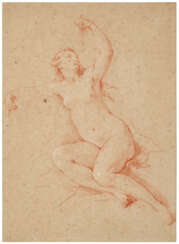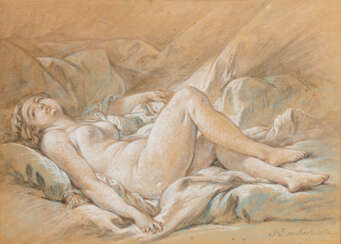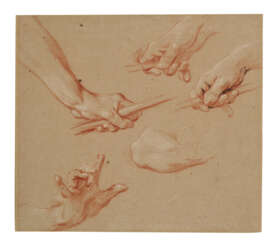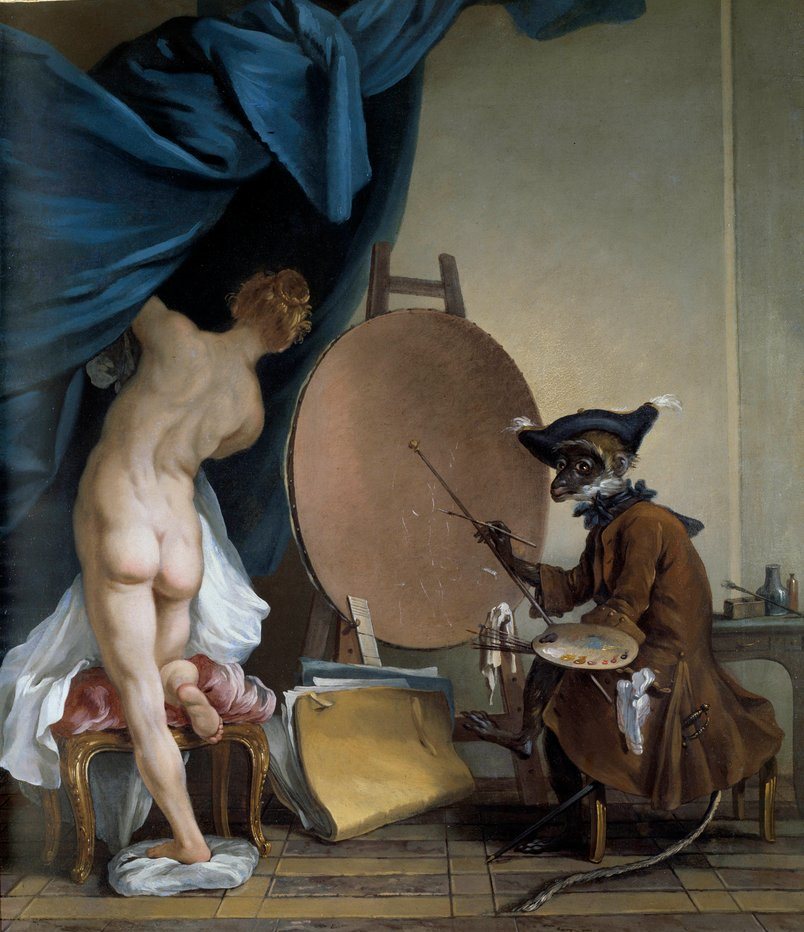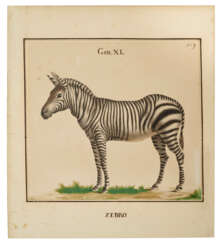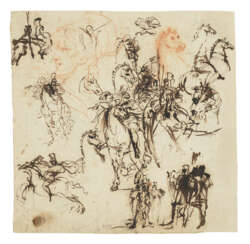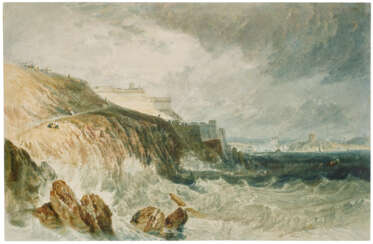
Drawings — Old Master & British Drawings
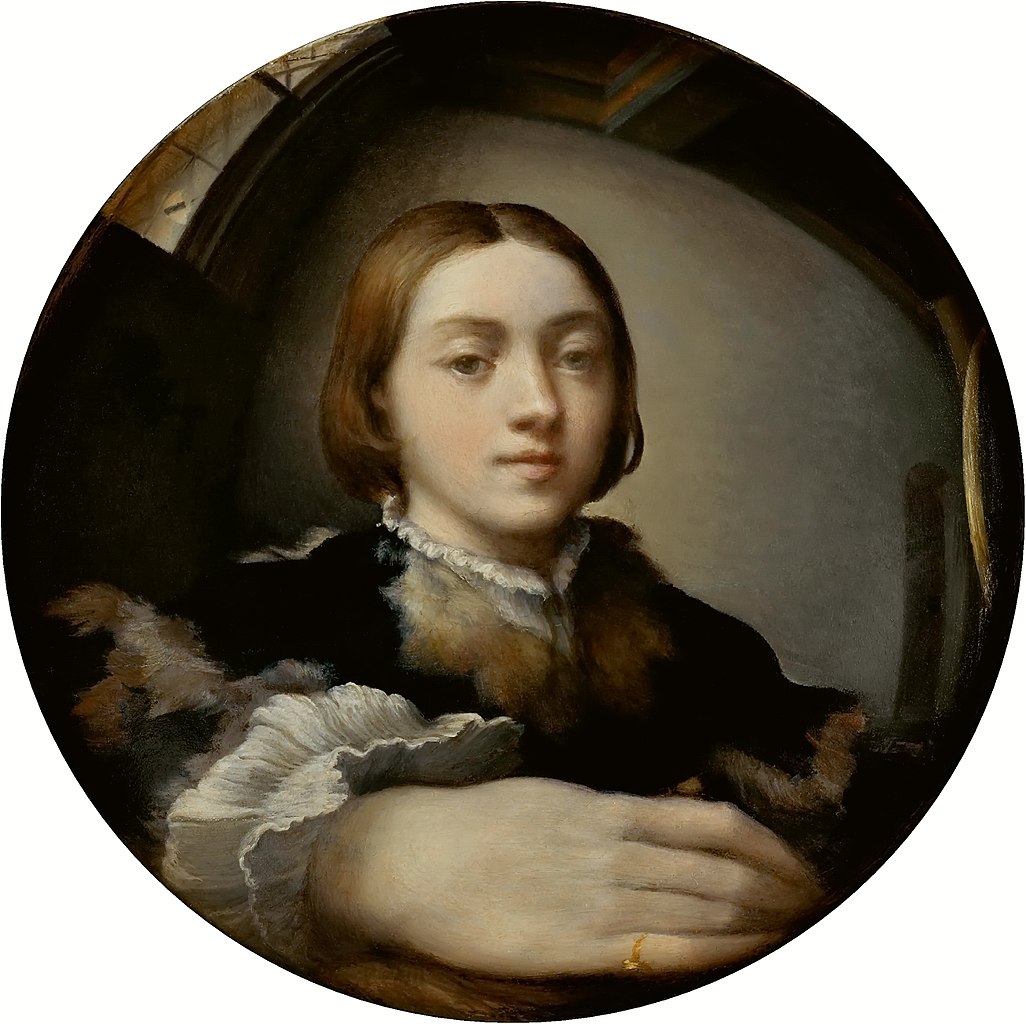
Parmigianino, an Italian Mannerist painter born Girolamo Francesco Maria Mazzola, was a pivotal figure in the development of the Mannerist style, known for his sophisticated and elegant approach to painting. He was a leading figure in Parma's art scene following Correggio and had a significant influence on the artistic developments during the post-High Renaissance period through his expressive and stylish works.
Parmigianino's journey as an artist took him from Parma to Rome and then to Bologna, with his last years spent in Parma. His works, including the renowned "Madonna with the Long Neck," display a unique blend of grace and elegance, coupled with an idiosyncratic use of elongation and distortion, typical of Mannerist aesthetics. This painting, in particular, is noted for its unusual composition and the elongation of figures, embodying the Mannerist style's departure from the proportional norms established during the Renaissance.
He was also an early Italian etcher, utilizing this technique to express the spontaneity of an artist's hand. His etchings and drawings had a considerable influence on printmaking and the visual arts in Italy and Europe. In addition to his paintings, Parmigianino's contributions to the arts include his work in the church of the Steccata in Parma and his innovative approach to integrating painting with architectural elements.
For art collectors and experts, Parmigianino's work represents a critical link between the High Renaissance and the emergence of Baroque and Rococo styles, offering a unique insight into the evolution of European art. His works continue to be celebrated for their originality and mastery, making him a subject of enduring interest in the study of art history.
For those interested in exploring Parmigianino's contributions to art further, subscribing to updates from art institutions or platforms specializing in Renaissance and Mannerist art could provide valuable insights into his life, works, and ongoing exhibitions or sales of his artworks.
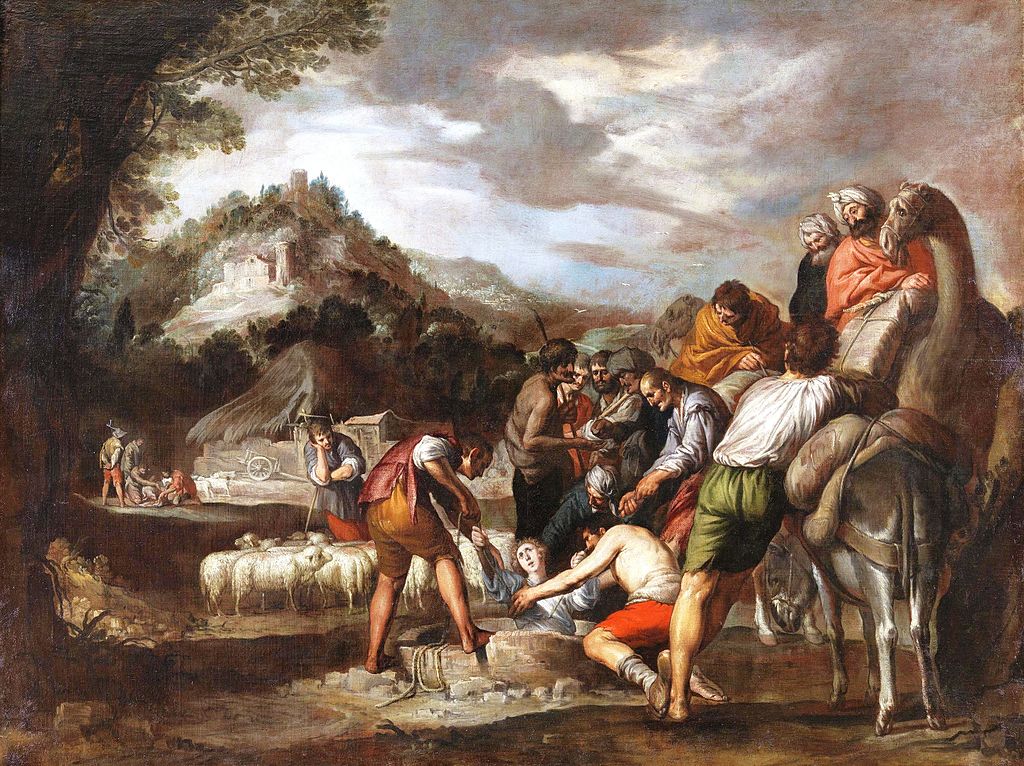
Antonio del Castillo y Saavedra was a Spanish Baroque painter, sculptor, and poet, renowned for his significant contributions to the Cordoba School of art. Born in Cordoba, Spain, in 1616, Castillo y Saavedra grew up under the influence of his father, Agustín del Castillo, also a painter. His early education continued under Ignacio Aedo Calderón, and later, in Seville, he studied with Francisco de Zurbarán and his uncle Juan del Castillo.
Castillo y Saavedra's work is distinguished by its adherence to naturalism, a style he maintained despite the evolving Baroque trends of his time. His landscapes and narrative paintings, often featuring elaborate architectural or landscape settings, showcase his unique spatial sense and meticulous studies of nature. Praised as an "excellent landscape painter" by his contemporaries, Castillo y Saavedra was adept at capturing nature's essence and integrating it seamlessly into his historical oil paintings. His works, such as the Calvary of the Inquisition and the series on the life of Joseph, exhibit a luminous sense of landscape with refined color palettes.
Some of his most celebrated works are housed in prestigious institutions around the world. The Museo del Prado in Madrid, Spain, holds an impressive collection of his paintings, including the notable series on the story of Joseph. The Museo de Bellas Artes de Córdoba also features his significant works, like the Calvary of the Inquisition.
Despite his death in 1668, Castillo y Saavedra's legacy lives on through his contributions to the Cordoba School, influencing generations of artists who followed. His work remains a testament to the rich cultural heritage and artistic prowess of the Spanish Golden Age.
For collectors and experts in art and antiques, Antonio del Castillo y Saavedra's works represent a pinnacle of Baroque art. To stay informed about new sales and auction events related to Castillo y Saavedra's work, we invite you to sign up for our updates. This subscription will keep you at the forefront of the latest developments in this fascinating field.
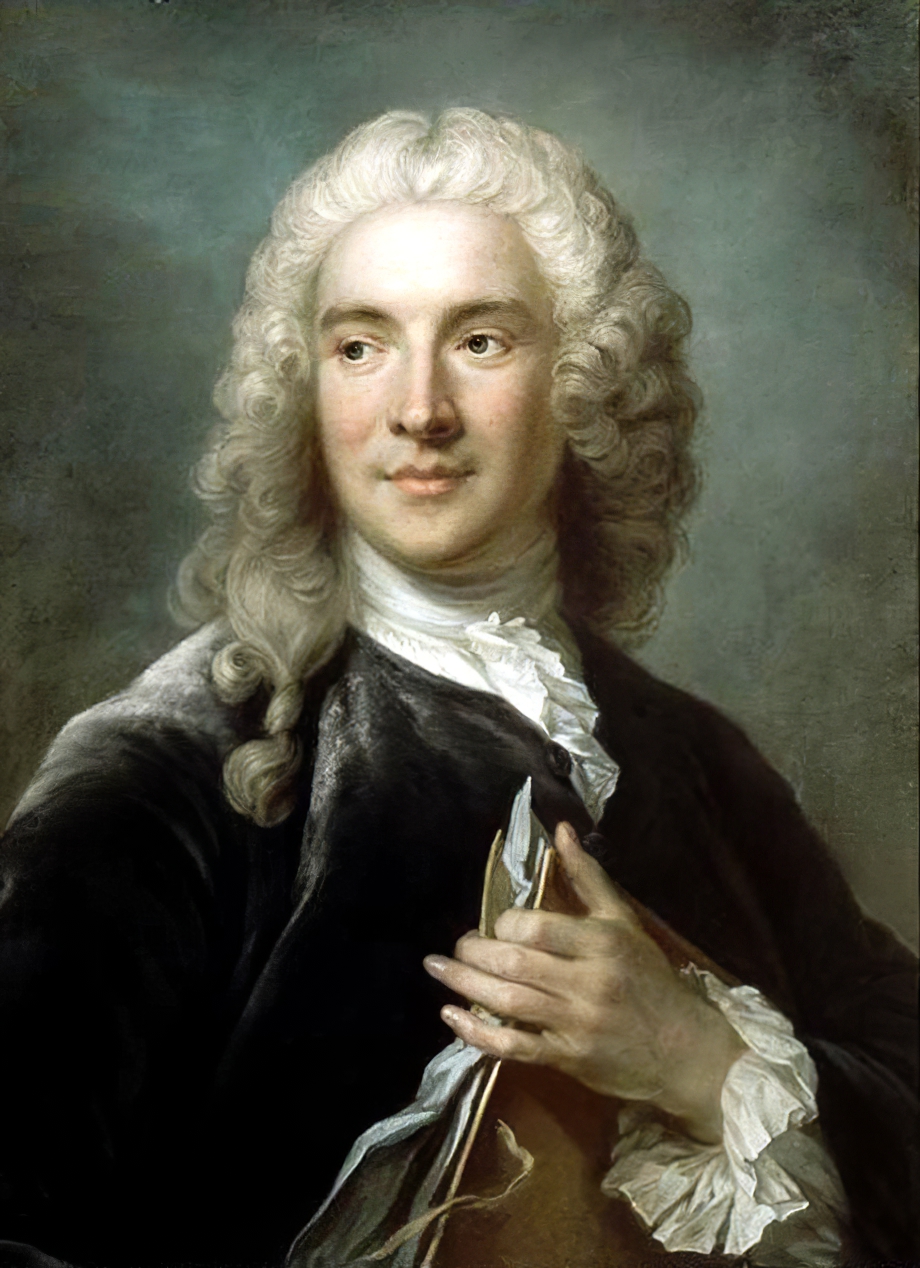
Charles-Joseph Natoire was a prominent Rococo painter, known for his significant contributions to French art during his lifetime. Trained under François Lemoyne, Natoire excelled in various artistic endeavors, earning royal commissions and contributing to significant artistic projects in Versailles and Fontainebleau. His works included tapestry cartoons for the Manufacture de Beauvais and Gobelins, and he was known for his series on the History of Psyche and Don Quixote.
In 1751, Charles-Joseph Natoire became the director of the French Academy in Rome, a role he held until 1775. During this period, he mentored notable students like Hubert Robert and Jean-Honoré Fragonard. Although his active painting career dwindled during his directorship, his influence on the students and the artistic community was significant.
Charles-Joseph Natoire's works can be found in various prestigious institutions, including The Metropolitan Museum of Art and The Louvre. His painting "The Rebuke of Adam and Eve" is one such piece that showcases his mastery and attention to detail.
For collectors and experts in art and antiques, Charles-Joseph Natoire's works offer a glimpse into the Rococo style's elegance and the rich artistic heritage of 18th-century France. His contributions to tapestry and painting continue to be celebrated and studied for their historical and artistic value.
To stay updated on news and events related to Charles-Joseph Natoire and his works, consider subscribing for updates. This subscription will keep you informed about new product sales and auction events featuring Natoire's art, ensuring you don't miss out on opportunities to engage with the legacy of this influential painter.
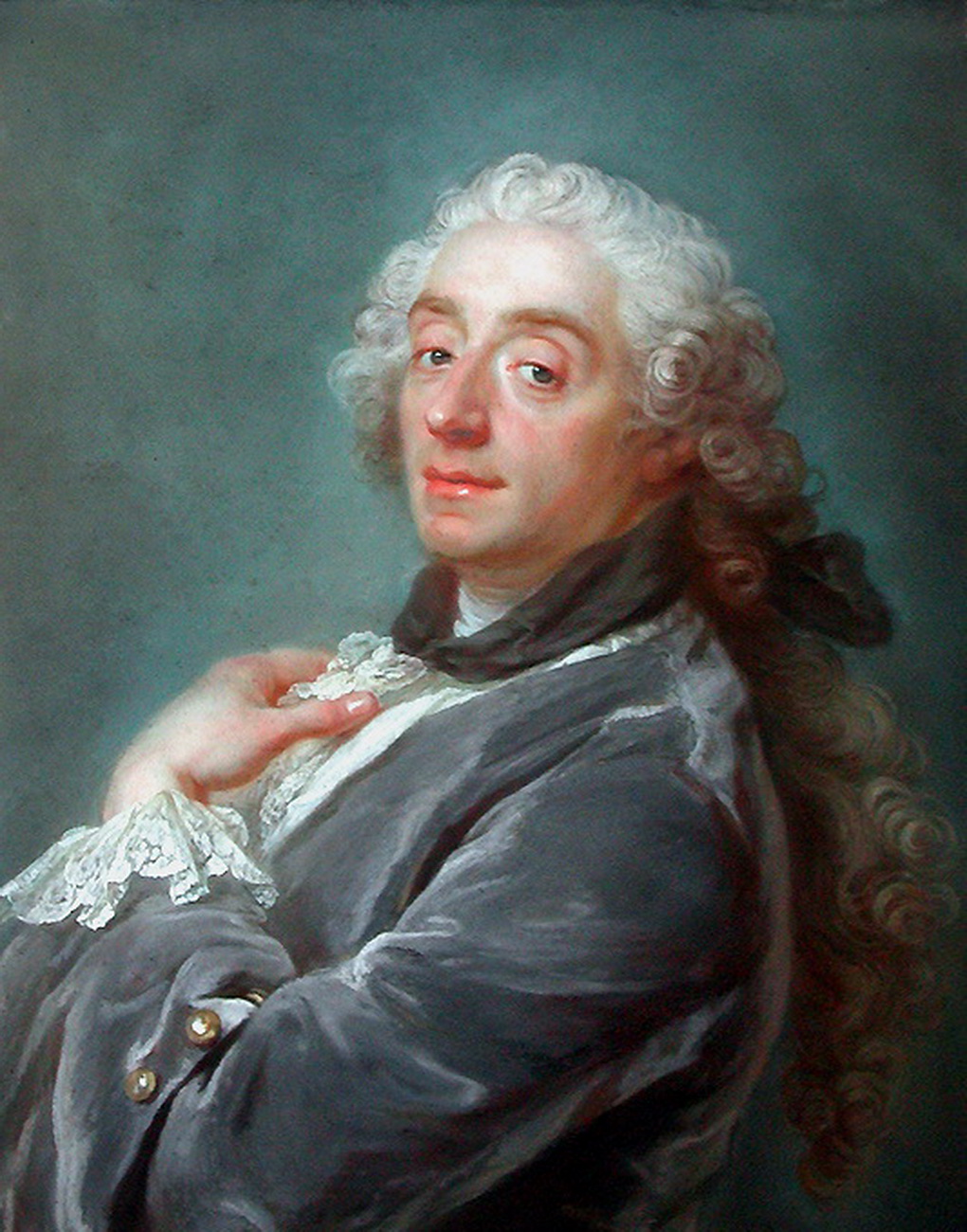
François Boucher, a French artist, is celebrated for his significant contributions to the Rococo style of painting. His works are renowned for their idyllic and voluptuous themes, which include classical subjects, decorative allegories, and pastoral scenes. Boucher's talent in creating intricate and charming paintings made him a favorite in the French court, especially with Madame de Pompadour.
François Boucher's skills were not confined to painting alone; he was also an adept draftsman and tapestry designer. His designs for the Beauvais tapestry workshops were highly successful, influencing decorative arts across Europe. Moreover, Boucher's influence extended to porcelain, with his designs being replicated on tableware and decorative pieces at the Vincennes and Sèvres factories.
Despite the later criticism of his style as overly frivolous and disconnected from the emerging Neoclassical trends, François Boucher's works continue to be admired for their aesthetic beauty and historical significance. His ability to blend various elements into a cohesive and appealing visual narrative demonstrates his mastery and enduring legacy in the art world.
For art collectors and enthusiasts, François Boucher's oeuvre offers a fascinating glimpse into 18th-century French art and culture, reflecting the opulence and delicate tastes of the Rococo period. His paintings and designs continue to be celebrated and studied for their artistic merit and historical context.
To stay updated on the latest exhibitions, sales, and events related to François Boucher's works, consider subscribing to updates from reliable art and antique sources. This way, you'll remain informed about opportunities to engage with the art of one of Rococo's most distinguished masters.
 Франсуа Паскаль Симон Жерар. Портрет Антуан-Жана Гро.jpg)
Antoine-Jean Gros was a distinguished French painter, renowned for his contributions to neoclassical and pre-romantic art. Born on March 16, 1771, in Paris, Gros embarked on his artistic journey at a young age, initially learning from his father, a miniature painter. His talent blossomed under the tutelage of Jacques-Louis David, one of the era's most revered artists. Antoine-Jean Gros's work gained significant acclaim with his portrayal of Bonaparte, particularly in "Bonaparte at the Pont d'Arcole" and "Bonaparte Visiting the Plague Victims of Jaffa," which showcased his ability to blend historical narrative with dramatic intensity.
Throughout his career, Antoine-Jean Gros's paintings captured the essence of significant historical moments, often featuring Napoleon Bonaparte. His works are celebrated for their dynamic compositions and emotional depth, earning him a place among the pioneers of the Romantic movement in art. Despite achieving fame, Antoine-Jean Gros struggled with the artistic transition during the post-Napoleonic era, eventually leading to his tragic demise in 1835. His legacy, however, continues to influence the realms of neoclassical and romantic art, underscoring his pivotal role in the transition between these two significant art movements.
For collectors and experts in art and antiques, Antoine-Jean Gros's oeuvre offers a fascinating glimpse into the evolution of 19th-century French painting, embodying the intersection of historical narrative and artistic innovation. His works, housed in prestigious institutions like The Louvre and the Palace of Versailles, remain pivotal in understanding the artistic landscape of his time.
If you're a collector or an expert in art and antiques and wish to stay updated with the latest news and events related to Antoine Jean Gros's works, consider subscribing for updates. This subscription will ensure you're informed about new product sales and auction events featuring Gros's masterpieces, helping you stay connected with the evolving market and opportunities to enrich your collection.

Joseph Mallord William Turner, a seminal figure in British painting, was born in 1775 and left an indelible mark on the Romantic movement. Known for his expressive coloration, imaginative landscapes, and turbulent marine paintings, Turner's work transcends the traditional boundaries of art to capture the sublime force of nature. His career was distinguished by early talent, evidenced by his acceptance into the Royal Academy at the young age of 14, and a prolific output that included over 2,000 paintings and 19,000 drawings and sketches.
William Turner's unique approach to landscape painting, characterized by dramatic skies and atmospheric effects, set a new standard for capturing mood and emotion on canvas. His innovative use of light and color influenced countless artists, elevating landscape painting to rival the status of history painting. Turner's legacy is also marked by his eccentricity and reclusiveness, traits that only added to the mystique surrounding his artistic genius.
Among his most famous works are "The Fighting Temeraire," symbolizing the passing of the old world, and "Rain, Steam and Speed," capturing the Industrial Revolution's impact. These paintings not only showcase William Turner's technical skill but also his philosophical engagement with the changing world around him.
For collectors and experts in art and antiques, William Turner's works represent the pinnacle of Romantic art, offering insight into the 19th-century aesthetic and philosophical landscape. His influence on subsequent generations of artists underscores his position as a pivotal figure in the history of Western art.
To stay informed about Joseph Mallord William Turner's works and related events, signing up for updates from reputable art institutions can provide valuable insights into new discoveries and auction events related to this master of the British landscape.
